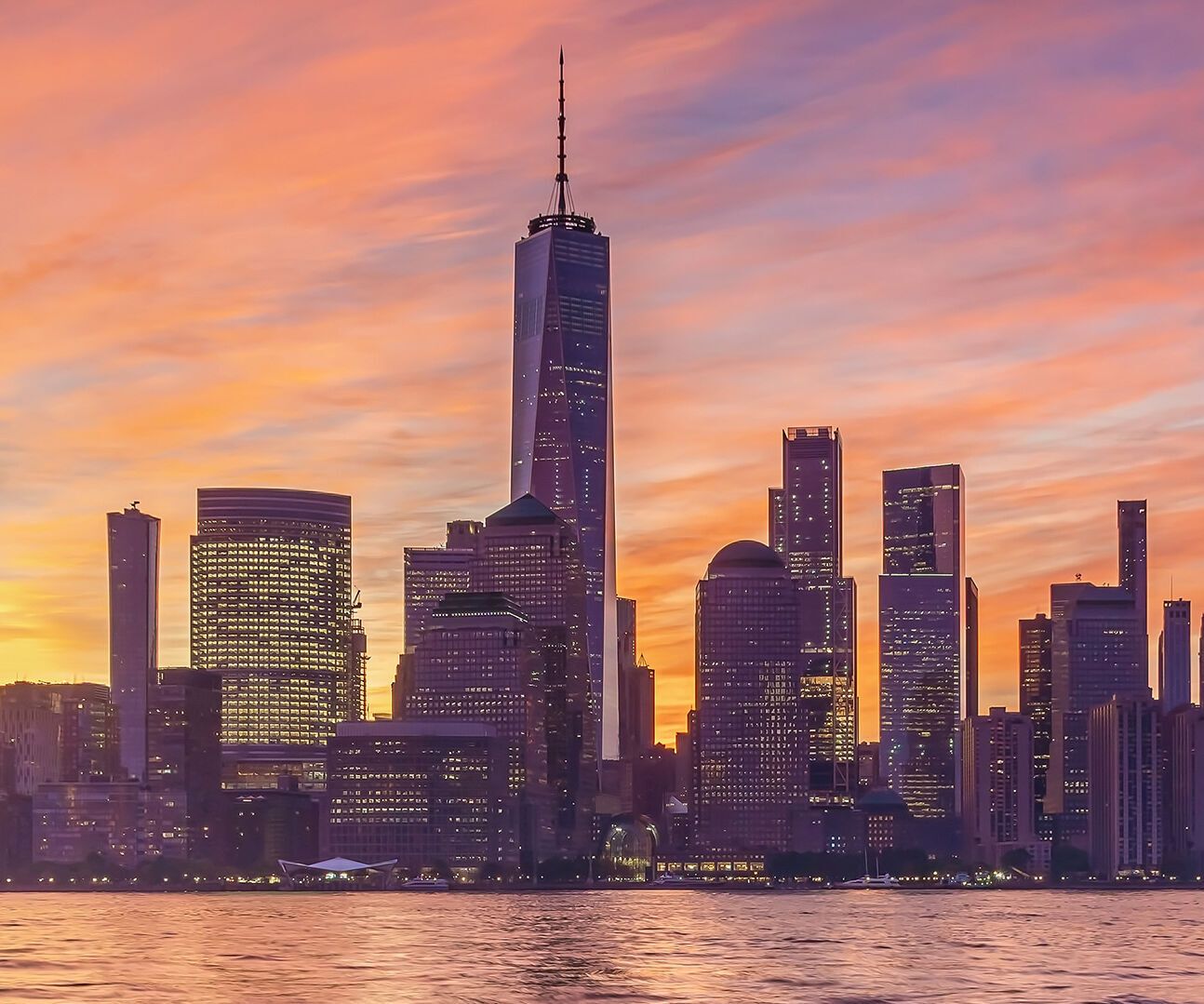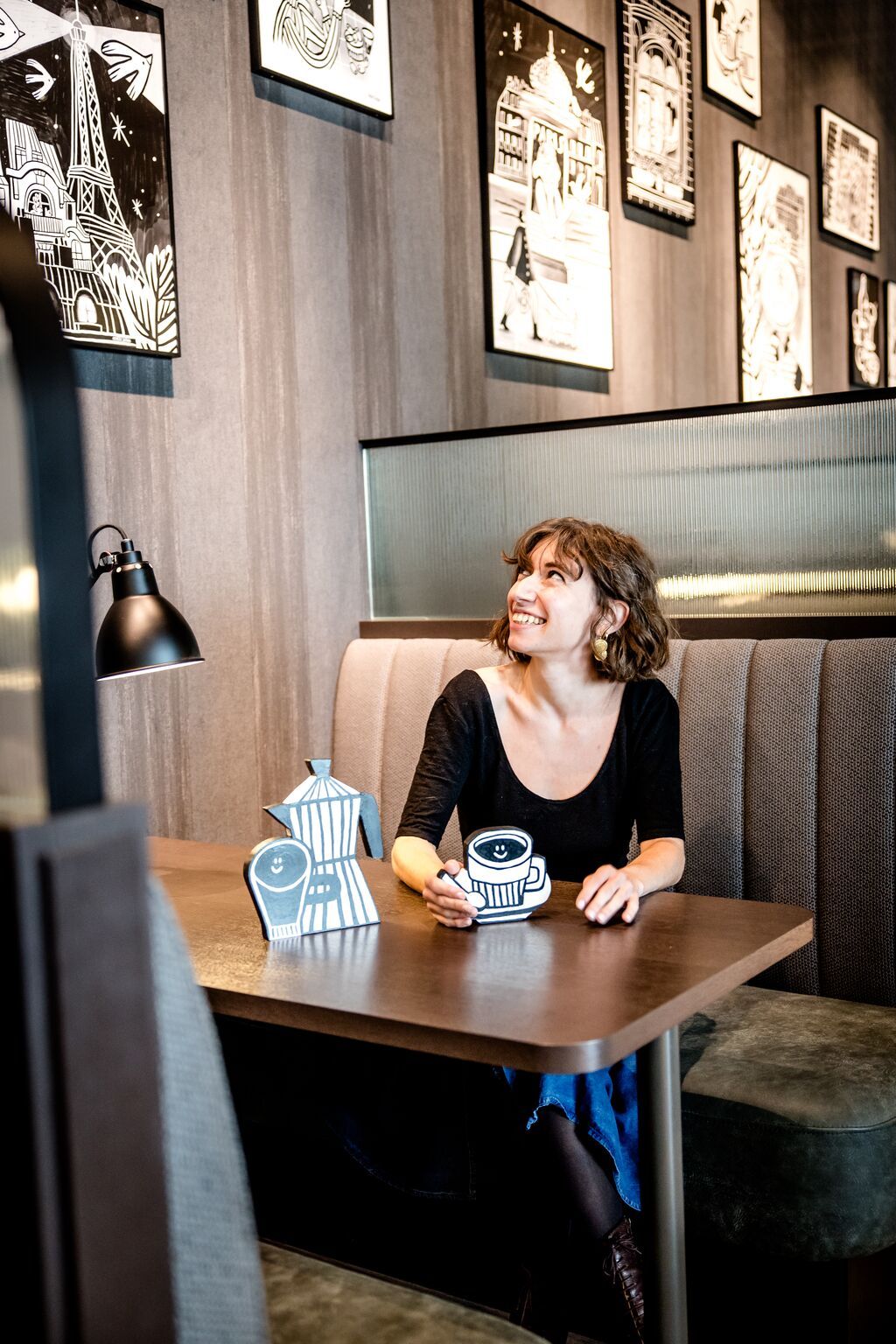In for a penny, in for a pound:
There are so many places in the world just waiting for you to discover that it can sometimes be hard to pick a destination. Conveniently, some cities and towns are quite similar in terms of architecture, location and lifestyle. So if you like the following classic travel must-dos, you’re sure to enjoy a trip to their lesser-known doppelgangers.
Prague & Warsaw
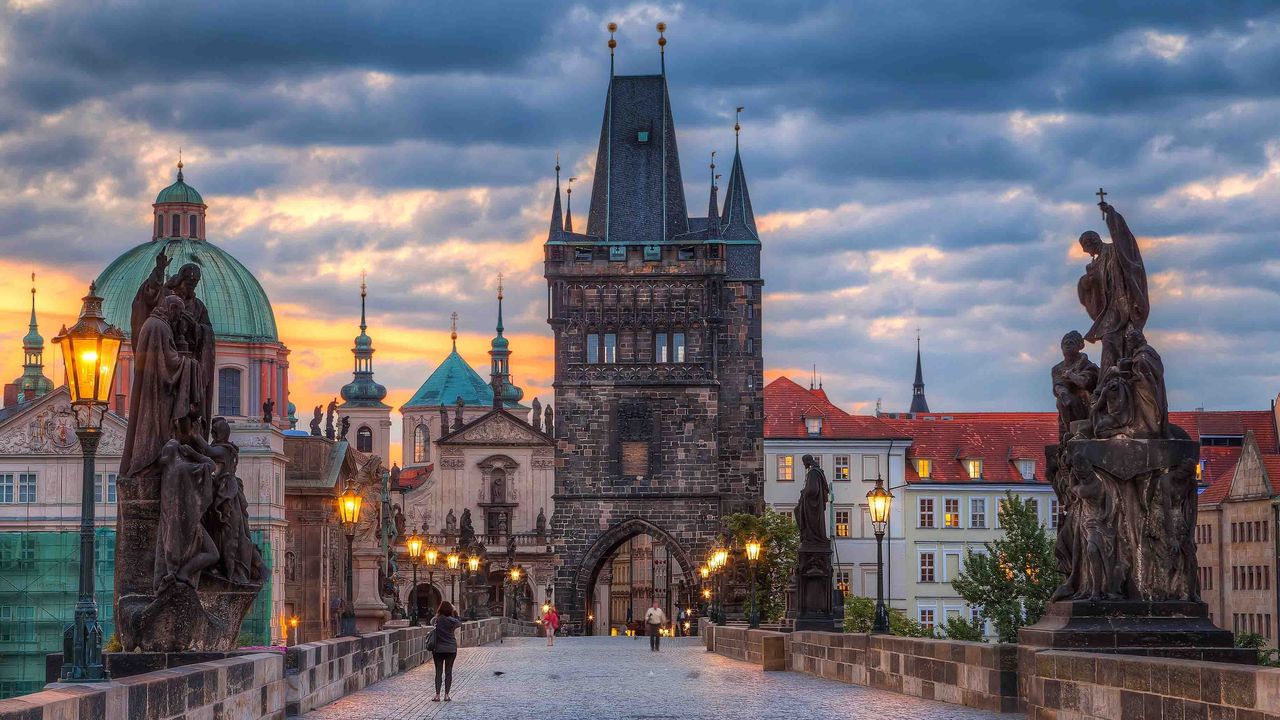

Picturesque old towns, trendy districts, Soviet-era architecture and plenty of history: the capital cities of two eastern European neighbours offer exactly this. While Prague boasts elaborately designed stone buildings, a little further to the east, Warsaw’s old town is full of colourful little houses. Both cities boast alternative districts with cool restaurants, bars, shops and art spots, perfect for strolling around and enjoying at your leisure. By the way, Warsaw’s trendiest district is even called Praga.
New York City & Rotterdam
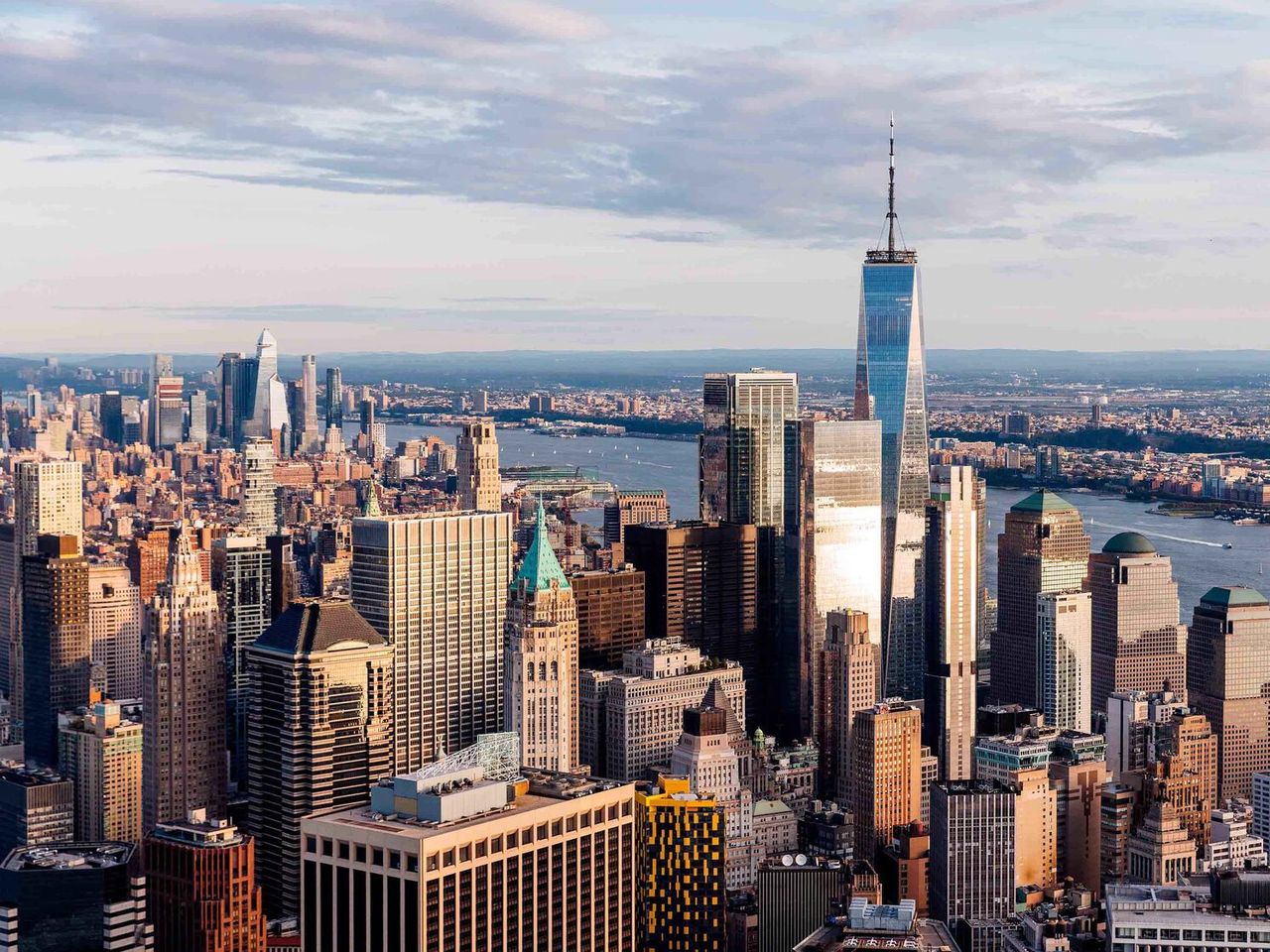
Did you know there’s a second Manhattan in Europe? Rotterdam is also known as Manhattan on the Meuse due to its many skyscrapers – there is even a Rotterdam World Trade Center. Just like in the Big Apple, visitors will be amazed by the many unusual buildings in the second-largest city in the Netherlands. The Cube Houses designed by architect Piet Blom are an unmissable highlight. While art fans in New York are magically attracted to the Guggenheim, MOMA and the many galleries in Soho, the port of Rotterdam is also irresistible for art lovers. The area boasts numerous galleries, as well as the Kunsthal and Remastered – home to interactive 3D artworks.
Glasgow & Newcastle


It’s probably no secret that Great Britain knows how to party. Glasgow and Newcastle are considered prime hotspots for good music and long nights out. In Glasgow – the UNESCO City of Music – you can wander through the golden ‘Z’ between Sauchiehall Street, Union Street and Clydeside, making pit stops at clubs, bars and pubs while enjoying music of all kinds. In Newcastle upon Tyne, it gets a little wilder: an evening in the former coal town is guaranteed to be an experience – the wildest partying can be found at the Bigg Market. If you prefer things a little quieter, take a short walk in the direction of the Tyne and explore the High Bridge district with its chic bars and modern breweries. What unites both cities is their love of street art, unusual bridges and football.
Graz & Freiburg

Graz and Freiburg even have a sight with the same name: the Schlossberg, where residents and tourists meet for a sundowner on summer evenings. The two student cities enchant with their romantic old towns and their architectural counterparts – modern glass constructions that catch the eye: in Graz, it is the Friendly Alien Museum, in Freiburg the University Library. Apart from the obvious similarities, however, what unites the two cities is their unique character and setting in the heart of the vineyards – where you can relax and enjoy life, food and the sun.
Barcelona & Madrid
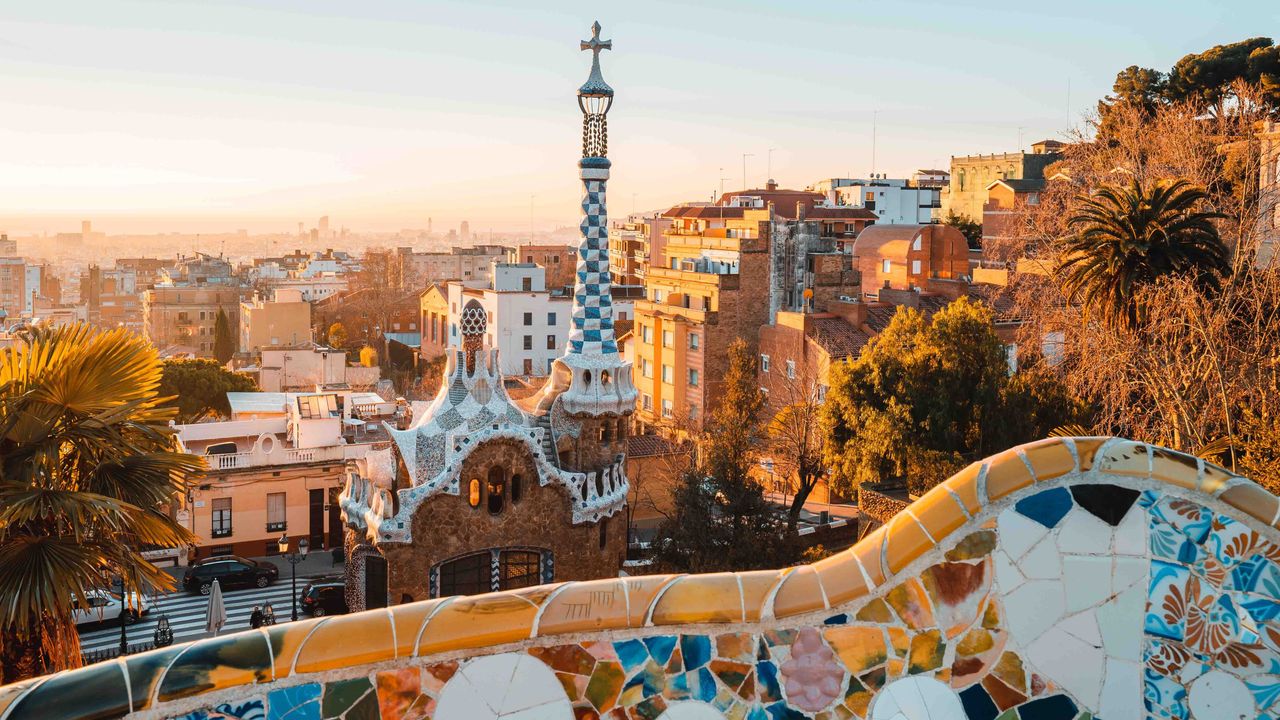

Barcelona is right at the top of every city traveller’s bucket list – and so it should be, with sunny beaches, impressive Gaudi architecture, and great parks in the smallest of spaces. However, a visit to the Spanish capital Madrid, a few hundred kilometres away, is also worthwhile. In Madrid – in addition to the impressive buildings from the Castilian Baroque period – what’s in the buildings is particularly interesting too... Hint: art! Madrid is the world city of the arts. Also known as the Triángulo del Arte, it is home to many of Europe’s most famous paintings. A must-see is the Museo del Prado and the Caixa Forum with its vertical garden. If you feel like relaxing after all the sightseeing, Retiro Park with its impressive Palacio de Cristal is an oasis of calm.
Paris & Brussels


Enjoy coffee, wine, delicious pastries and chocolate at a bistro table while people-watching. Sounds like Paris? Well, it’s not the only one. On the Rue de Bouchers in Brussels, there are more than 80 restaurants right in the hustle and bustle, reminiscent of the streets of Le Marais in Paris. But it’s not just the sometimes dreamy little alleys that the two cities have in common. Even the cities’ most famous buildings share a history. Both were created for the World Exposition: the Eiffel Tower in Paris (1889) and the Atomium in Brussels (1958) offer fantastic views. Two of Brussels’ churches, the National Cathedral of St. Michael and St. Gudule and the National Basilica of the Sacred Heart, also give Brussels a similar feel to the City of Light.
